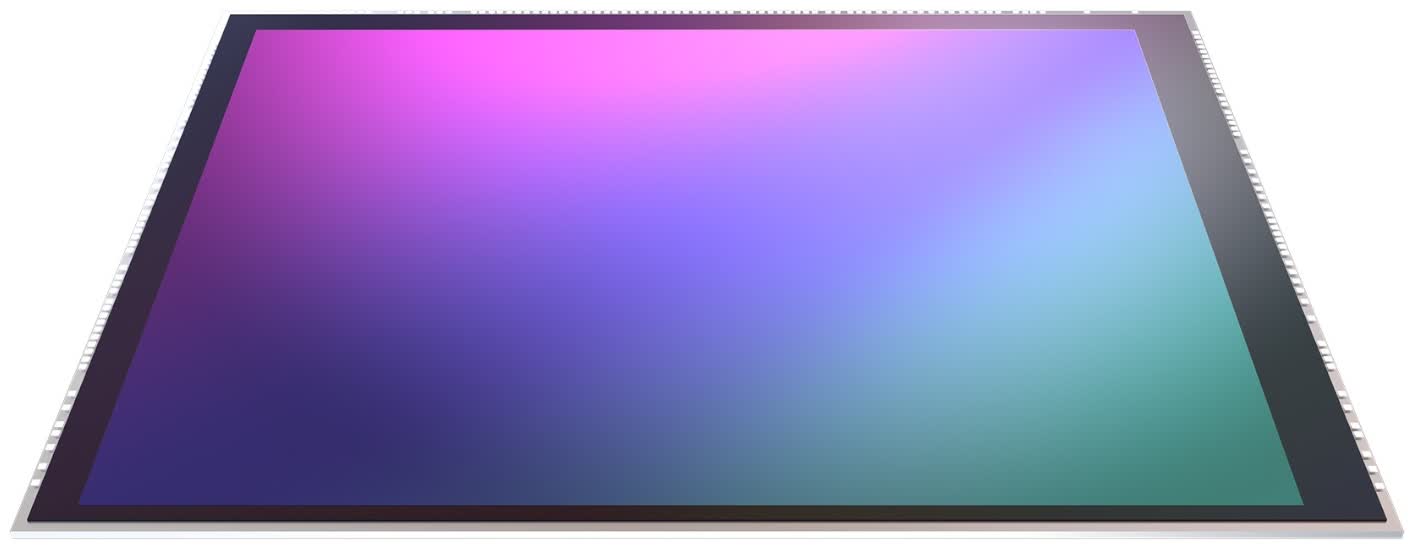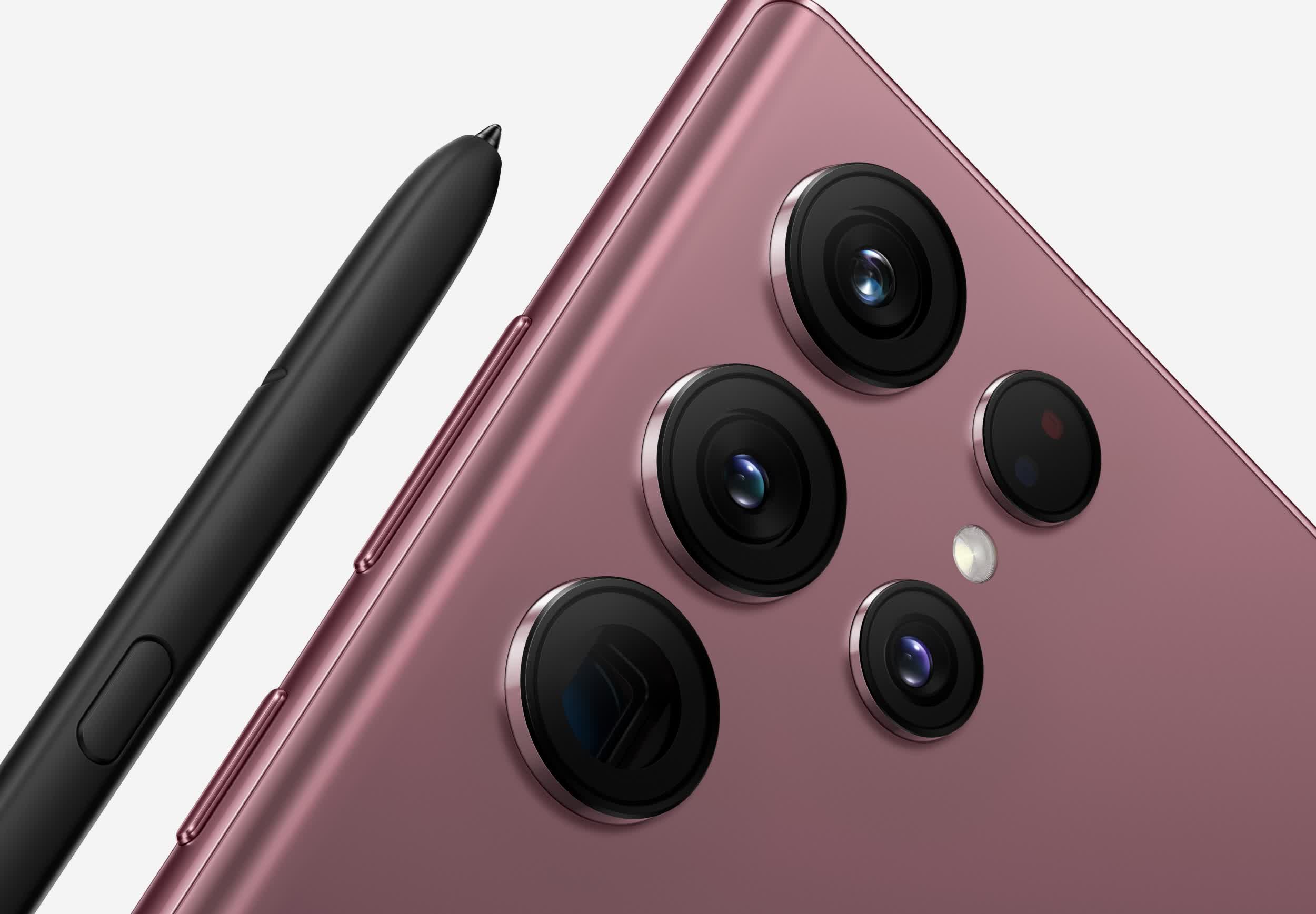In a nutshell: Samsung has introduced a new 200-megapixel image sensor featuring the industry's smallest pixels. The 200MP Isocell HP3 uses a 1/1.4-inch optical format, the diameter of the area that is captured through the camera lens. It uses 0.56 micron pixels that are 12 percent smaller than those employed by its predecessor, enabling a 20 percent reduction in camera module surface area.
Samsung said the sensor uses a Super QPD auto-focusing solution which equips all of the pixels with auto-focusing capabilities. Super QPD utilizes a single lens over four adjacent pixels to detect phase differences horizontally and vertically for improved autofocus performance.
The sensor can also combine multiple pixels into one for improved low-light shooting. For example, four pixels can become one to produce an effective 1.12 micron 50-megapixel sensor. Combining 16 pixels into one emulates a 12.5-megapixel sensor with 2.24 micron pixels.

An improved Smart-ISO Pro feature, meanwhile, helps to maximize dynamic range to create HDR photos. Samsung claims the sensor can express images in over four trillion colors (14-bit color depth), which is more than 64 times as many as its predecessor.
On the video side, the sensor can capture footage at 8K 30 frames per second or 4K at 120 fps.
Samsung's new Isocell HP3 is now sampling to customers and will enter mass production later this year, meaning the first consumer devices to ship with it could arrive in early 2023.
